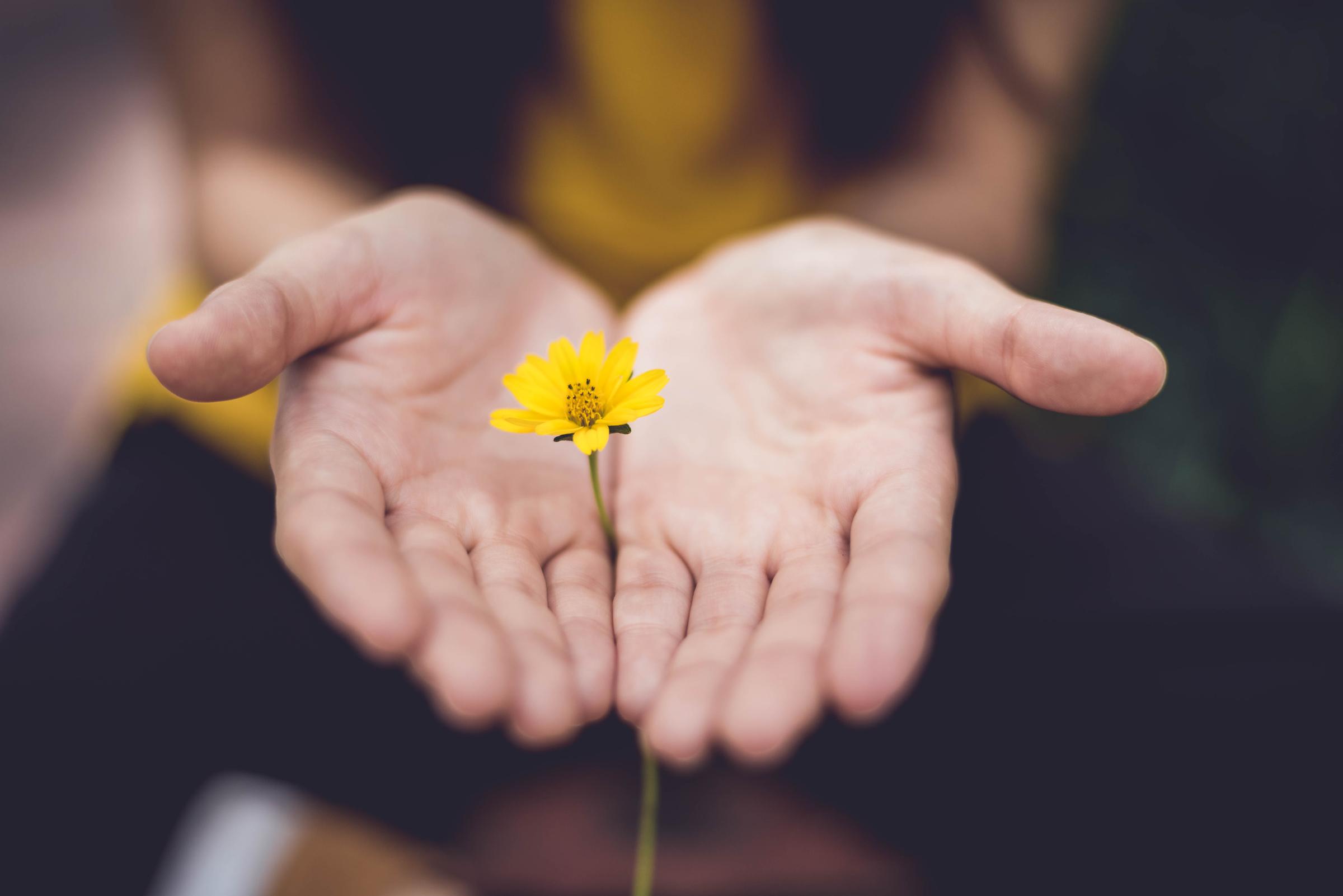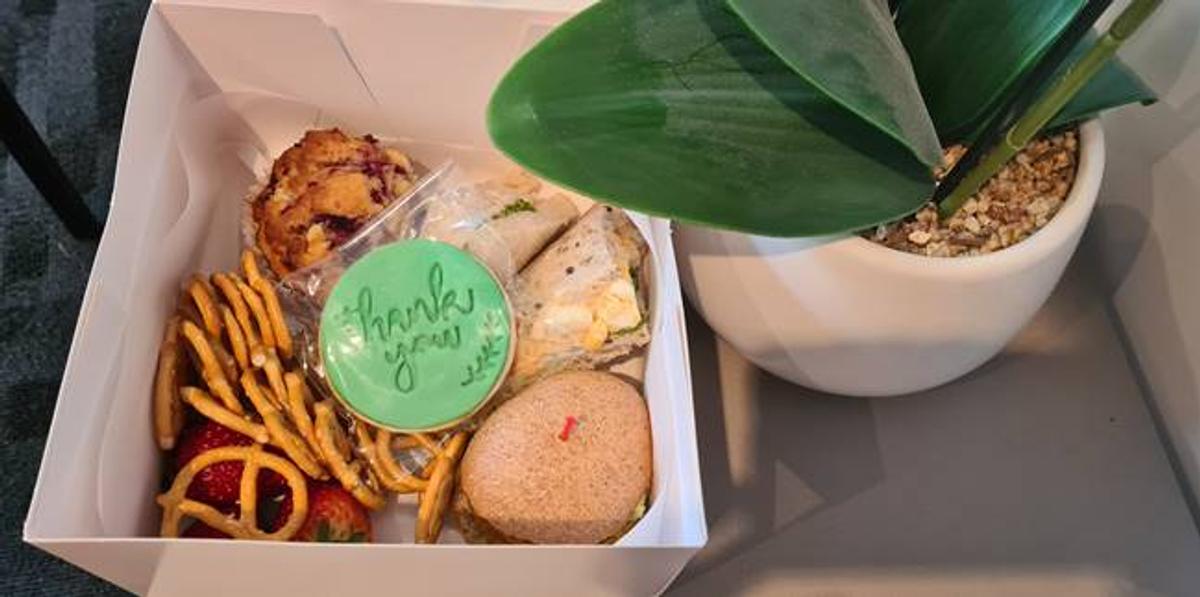Wellbeing/Be You

World Teacher’s Day 2021
This week, we celebrated World Teacher’s Day, our teachers were provided with lunch by the lovely ES Team.
Our Year 6 Captains are planning a few surprises for Friday.
We are so lucky to have such dedicated, caring and passionate teachers at BNPS.
Anxiety in Children
Anxiety is part of our survival instinct. When we’re faced with a threatening situation, our brains and bodies respond by kicking into safety mode. Our adrenalin starts pumping, helping us get ready to escape the danger.
However some people, including children, react more quickly or intensely to situations they find threatening, or find it harder to get their anxious feelings under control. Some kids also perceive the world to be scarier or more dangerous than others.
What is ‘normal’ anxiety in kids?
Fearful and anxious behaviour is common in children – especially as they come across new situations and experiences. Most children learn to cope with different fears and worries.
However, they may need some extra support when:
- they feel anxious more than other children of a similar age
- anxiety stops them participating in activities at school or socially
- anxiety interferes with their ability to do things that other children their age can do
- their fears and worries seem out of proportion to the issues in their life.
Encourage your child to take some slow, deep breaths to calm the physical effects of anxiety. Practice together by breathing in for three seconds, holding for three seconds, then out for three. Once they're feeling a bit calmer, you can talk through what's worrying them.
Setting aside some designated time to deal with worries can stop anxious thoughts from taking over. Try creating a daily ritual called ‘worry time’, and encourage children to draw or write down whatever’s bothering them. You can make the activity a bit more fun by decorating a ‘worry box’ or building a ‘worry wall’ out of post-its. When the time is up – after 10 to 15 minutes – shut the worries up in the box or tear them off the wall and say goodbye to them for the day.
3. Encourage positive thinking
Kids with anxiety often get stuck on the worst-case scenario or 'what ifs' in any situation. You can help them shift these thinking patterns by:
- reminding them of times they've dealt with similar issues in the past and how things worked out OK
- helping them to challenge the scary thought with facts and evidence. For example, we know that crocodiles can't survive under our bed
- make a plan for how they'll respond if things don't go as they'd like.
4. Check out BRAVE – a free online program to help kids cope with worries and anxiety. There’s a tailored version for younger kids (eight-12), one for teens (12-17) and an accompanying program for parents.
The BRAVE Program is an interactive, online program for the prevention and treatment of childhood and adolescent anxiety. The programs are free, and provide ways for children and teenagers to better cope with their worries.
There are also programs for parents.


